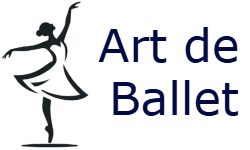Frosina
Conference on Assistance to Persons of Albanian Origin to the United States
Conference on Assistance to Persons of Albanian Origin to the United States





Cartoonized.de is a company, that creates professional, personalized portraits in the style of the cartoon, movie, serial, game from your photo! Have you ever wondered what you look like as a movie character? We'll help you with that!

Artdeballet.com is a premier online destination dedicated to the beauty and artistry of ballet, offering resources, tips, and inspiration for dancers of all levels. Discover the elegance of dance with artdeballet.com and enhance your journey in the world of ballet.

Flightradars24.info is a global flight-tracking site that provides real-time data on flights, including speed, altitude, and route, via an interactive map. It uses ADS-B and satellite data to ensure comprehensive coverage for aviation enthusiasts and business users.

At a recent conference, Albanian students in the USA discussed helpful resources to get a professional help. Many confirmed that Studybay reviews highlight it as legit and not a scam. Each feedback emphasized its reliability, making it a trusted option for students needing assignment assistance and academic support.